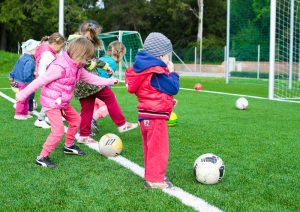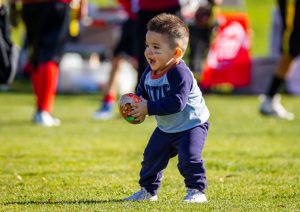Raising a family comes with countless joys and just as many challenges – including the inevitable wear and tear that active households place on plumbing systems. Between bath time adventures, science experiments gone wrong, and the mysterious items that somehow find their way down drains, family homes face unique plumbing challenges that require proactive prevention strategies. The good news is that with the right knowledge and habits, families can significantly reduce plumbing problems while teaching children valuable lessons about home maintenance and environmental responsibility.
Kitchen Prevention: The Heart of Family Life
The kitchen serves as command central for most families, making it a prime location for plumbing issues. Cooking meals, cleaning up after snacks, and washing dishes create multiple opportunities for problems to develop. The key to kitchen plumbing success lies in understanding what belongs in drains and what doesn’t.
Grease and cooking oils represent the biggest threat to kitchen drains. When hot grease cools in pipes, it solidifies and creates stubborn blockages that attract other debris. Instead of pouring grease down the drain, let it cool and solidify in a container, then dispose of it in the trash. For small amounts, wipe greasy pans with paper towels before washing.
Food scraps, even small ones, accumulate over time and create significant clogs. Coffee grounds, eggshells, and pasta are particularly problematic. Installing a simple mesh strainer in the kitchen sink catches these items before they enter the drain. Make it a family rule that plates get scraped into the trash or compost bin before washing.
Teaching children to be mindful of what goes down the kitchen sink transforms them into plumbing allies. Create a simple “drain or trash” game where kids learn to identify items that belong in each location.
Bathroom Basics: Managing Multiple Users
Family bathrooms see heavy traffic and diverse usage patterns that can stress plumbing systems. Hair, soap buildup, and small toys create common problems that are easily preventable with the right strategies.
Hair represents the most frequent cause of bathroom drain clogs. Installing inexpensive hair catchers in shower and bathtub drains prevents most hair-related blockages. Make clearing these catchers part of the weekly cleaning routine, and older children can take responsibility for this simple maintenance task.
Toilet paper usage often becomes excessive in households with children. Teaching appropriate amounts prevents most toilet clogs while also promoting conservation. The general rule of thumb is that anything other than toilet paper and waste should never be flushed – no matter how “flushable” the packaging claims.
Bath toys and small objects have an uncanny ability to disappear down drains. Establish toy cleanup routines before draining the tub, and consider using drain covers during bath time to prevent accidental losses.
Teaching Water Conservation Through Daily Habits
Water conservation habits benefit both the environment and household budgets while reducing strain on plumbing systems. Simple changes in daily routines can dramatically impact water usage without sacrificing comfort or cleanliness.
Shorter showers represent the easiest conservation opportunity. Installing a shower timer or playing a favorite song can help children understand appropriate shower lengths. Consider low-flow showerheads that maintain pressure while reducing consumption.
Fixing leaky faucets immediately prevents water waste and teaches children that small problems can become bigger issues when ignored. Turn leak detection into a family game where everyone looks for drips and reports them promptly.
Seasonal Maintenance: Preparing for Weather Changes
Different seasons bring unique plumbing challenges that families should anticipate and prepare for together. Winter preparation includes insulating exposed pipes and knowing how to shut off water in emergencies. Teaching older children the location of main water shut-offs empowers them to respond quickly if problems arise.
Spring offers an excellent opportunity for family plumbing inspections. Check outdoor faucets, inspect visible pipes for damage, and clear debris from gutters and downspouts. Making this an annual family activity builds awareness and responsibility.
Emergency Preparedness: When Problems Arise
Despite best prevention efforts, plumbing emergencies can still occur in busy family homes. Preparing children for these situations reduces panic and potential damage. Teach everyone the location of main water shut-offs and how to turn off individual fixtures.
Create a simple emergency contact list that includes reliable plumbing professionals. Having a relationship with trusted experts before problems arise ensures faster response times and better outcomes. Professionals like Beis Plumbing can provide guidance on emergency plumbing situations.
Building Long-Term Habits
The most effective family plumbing strategy involves building sustainable habits rather than relying on occasional deep cleaning or emergency repairs. Regular maintenance becomes easier when everyone understands their role and the reasons behind various rules and procedures.
Consider implementing a monthly family plumbing check where everyone participates in inspecting fixtures, testing drains, and discussing any concerns. This routine builds awareness, catches small problems early, and reinforces the importance of home maintenance.
By combining education, prevention, and regular maintenance, families can enjoy their homes without constant worry about plumbing problems. Teaching children these skills creates responsible adults who understand the importance of home maintenance and environmental stewardship, making these lessons investments in both immediate comfort and future success.

